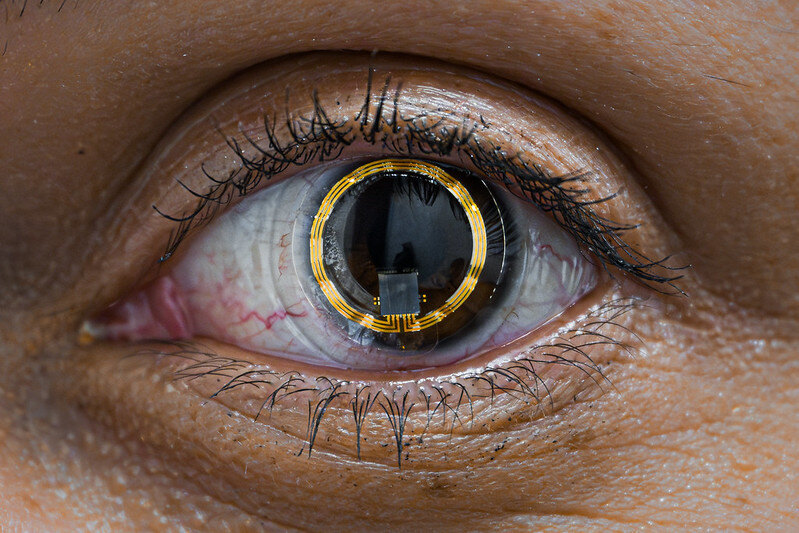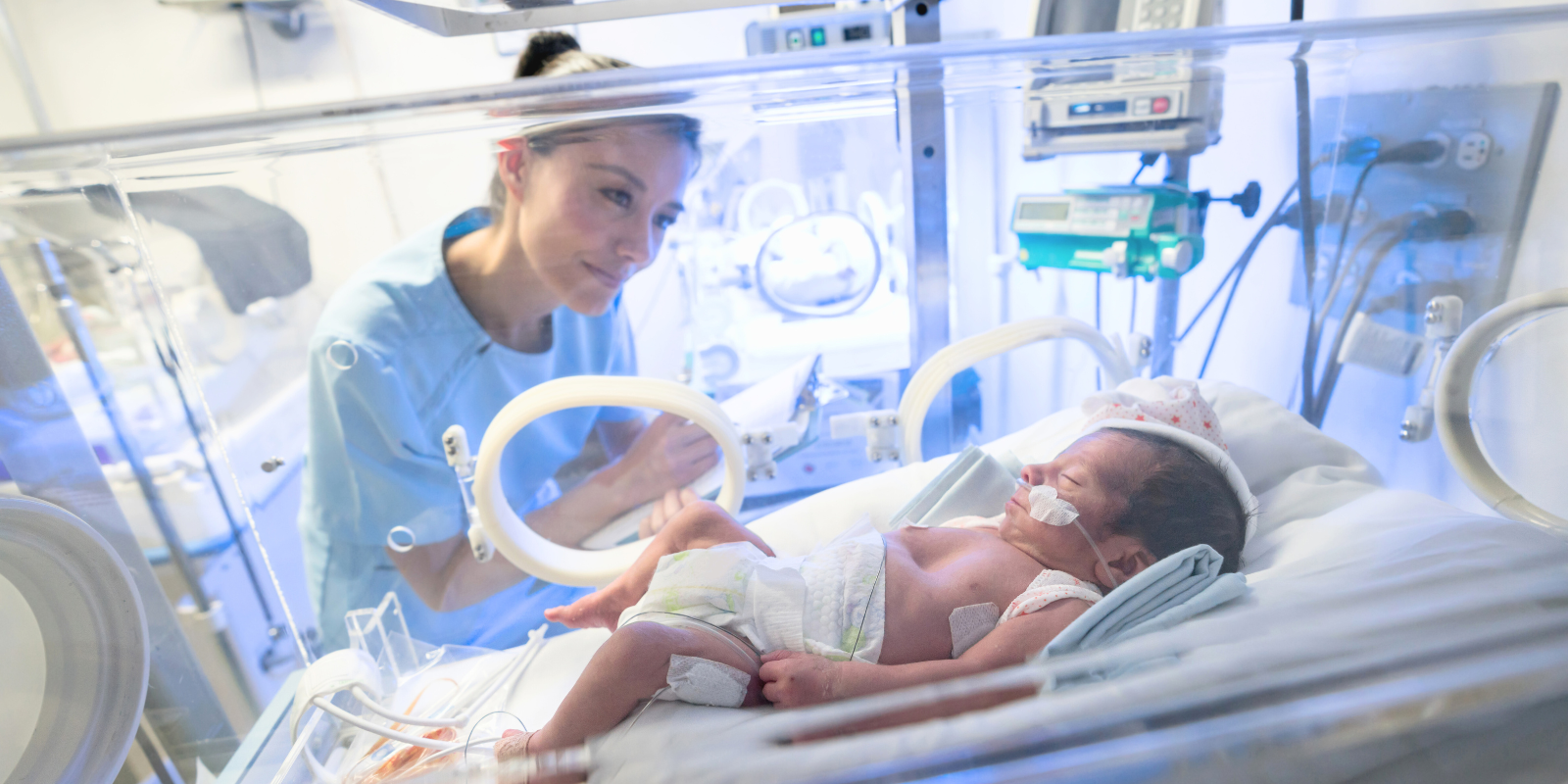During SpaceX’s Polaris Dawn's multi-day high-altitude mission, which rocketed to space on Sept. 10, the crew will conduct health impact research to better understand spaceflight-associated neuro-ocular syndrome (SANS), and Prem Subramanian, MD, PhD, chief of neuro-ophthalmology at the University of Colorado School of Medicine, is right there with them. Or at least his equipment and expertise will be.
Subramanian, in collaboration with CU Boulder aerospace engineering assistant professor Allie Hayman, PhD, is sending up specialized optical equipment to gather data from astronauts’ eyes and will analyze the results during and after the five-day mission.
“This project is an amazing collaboration with astronauts forging the way for deep space exploration,” Subramanian says. “It’s the first time we can get dynamic information on how the body reacts to the transition to spaceflight.”
Eyes on the skies
For some time, astronauts have noticed vision changes during long-duration space missions. Since 1998, NASA has sent astronauts to the International Space Station with “space anticipation glasses,” which have adjustable refraction settings to meet changing vision needs, similar to binoculars. In 2011, NASA began conducting MRI scans on astronauts following missions, which revealed potentially increased pressure in their brains as well as optic disc swelling, or papilledema, in more than half of the astronauts.

"We're trying to figure out what's causing these eye changes,” Subramanian says. “We’ve backed off from the idea that it’s necessarily caused by elevated pressure in the head. One of the theories is that it may be a balance between intraocular pressure and intracranial pressure, or even pressure in the blood vessels that alters fluid dynamics in the eye socket, or orbit. All of those things are probably interacting to cause this problem.”
Subramanian will send up SENSIMED Triggerfish lenses, which are “smart” contact lenses to track eye pressure fluctuation and changes in cornea dimensions in glaucoma patients. CU Department of Ophthalmology adjoint professor Kaweh Mansouri, MD contributed to the development of these lenses, which will monitor astronauts’ eyes during launch and as they transition to microgravity, a condition of apparent weightlessness. The lenses contain sensors that transmit data to an antenna and local storage device, enabling Subramanian to collect and analyze data upon their return.
The team is also sending a device called the QuickSee, which will measure astronauts’ refractive error, when the shape of the eye changes and keeps light from focusing correctly on the retina.
“We're looking for changes in the axial length of the eye, because we know that the eye gets a little shorter when you go into space,” Subramanian explains. “We're trying to get more concrete data on which layers of the eye are changing because that helps us understand what could be driving the optic nerve swelling.”
An authority on neuro-ophthalmology, Subramanian has been involved with the U.S. space program since 2013, after he delivered a lecture at a NASA meeting on papilledema. In 2014, he was named to the National Academy of Medicine’s Committee on Aerospace Medicine and the Medicine of Extreme Environments, a position he continues to hold.
As an engineer, Hayman has developed techniques to monitor intracranial pressure non-invasively by measuring signals from the inner ear. In addition, she and Subramanian have worked together to study the use of artificial gravity – with a short radius centrifuge – as a means of treating or preventing SANS.
What SANS tells us about earthbound eye conditions
“The terrestrial version of this disease – idiopathic intracranial hypertension, or IIH – falls squarely into neuro-ophthalmology,” Subramanian says. “Like SANS, IIH leads to optic nerve swelling, and it can result in permanent vision loss. That’s why the research will not only help prepare for future space exploration, but also provide insight into eye conditions that occur on Earth.”
He believes studying SANS could help us understand the biology of the eye and orbit, how variations in blood flow affect the eyes and vision, and help us learn why people on Earth get elevated intracranial pressure.
“Solving this problem can also help us advance deep space exploration,” Subramanian says. “SANS is considered by NASA to be the No. 2 hazard behind radiation exposure that will need countermeasures for humans to pursue long-duration spaceflight.”
“It’s gratifying to be able to participate in research like this,” he continues. “It is an acknowledgment of the longstanding expertise we have at the University of Colorado, in ophthalmology as well as aerospace medicine. And it’s a recognition of the strength of collaboration between the institutions that make up CU.”

.png)
.png)

.png)